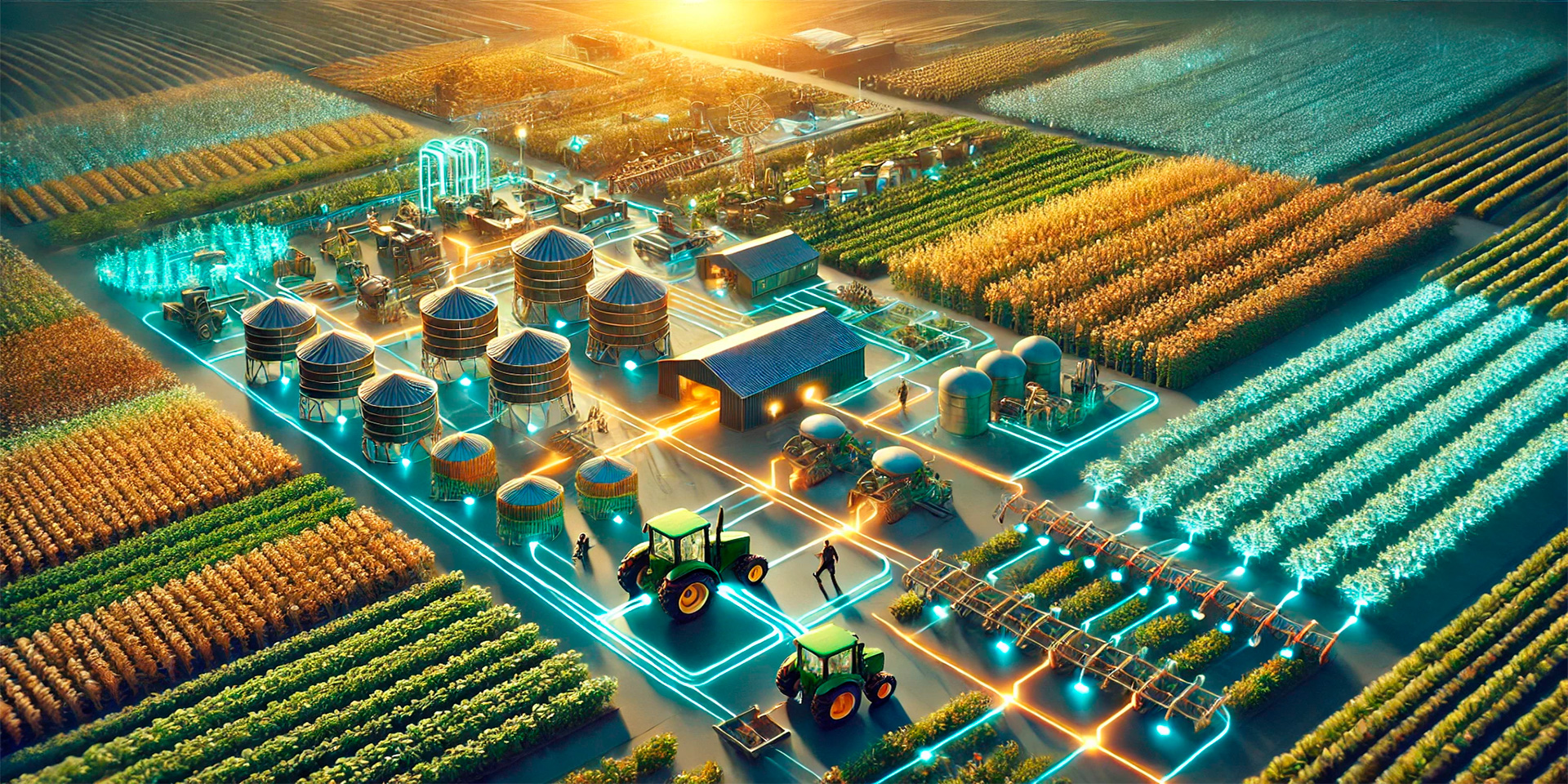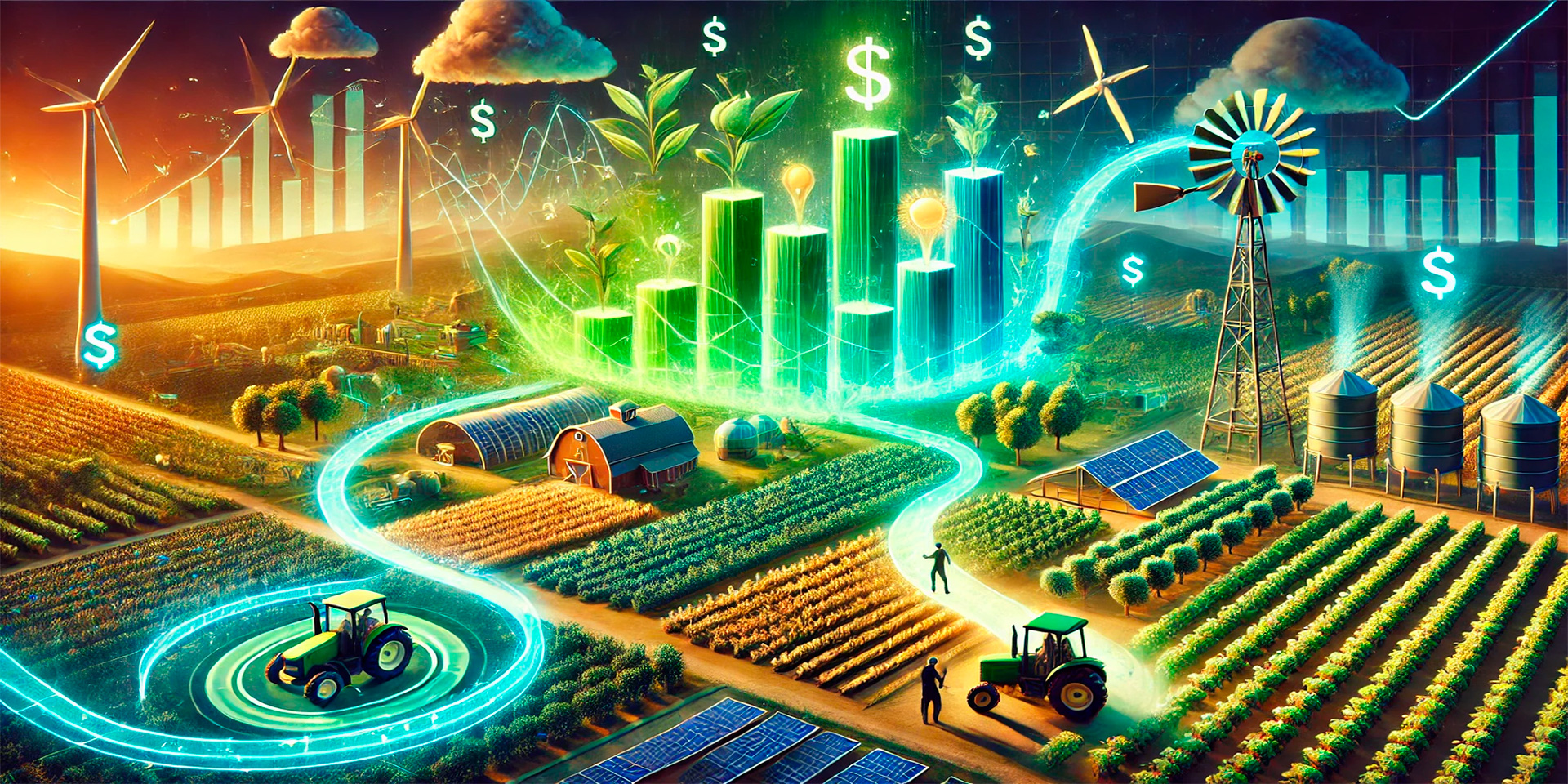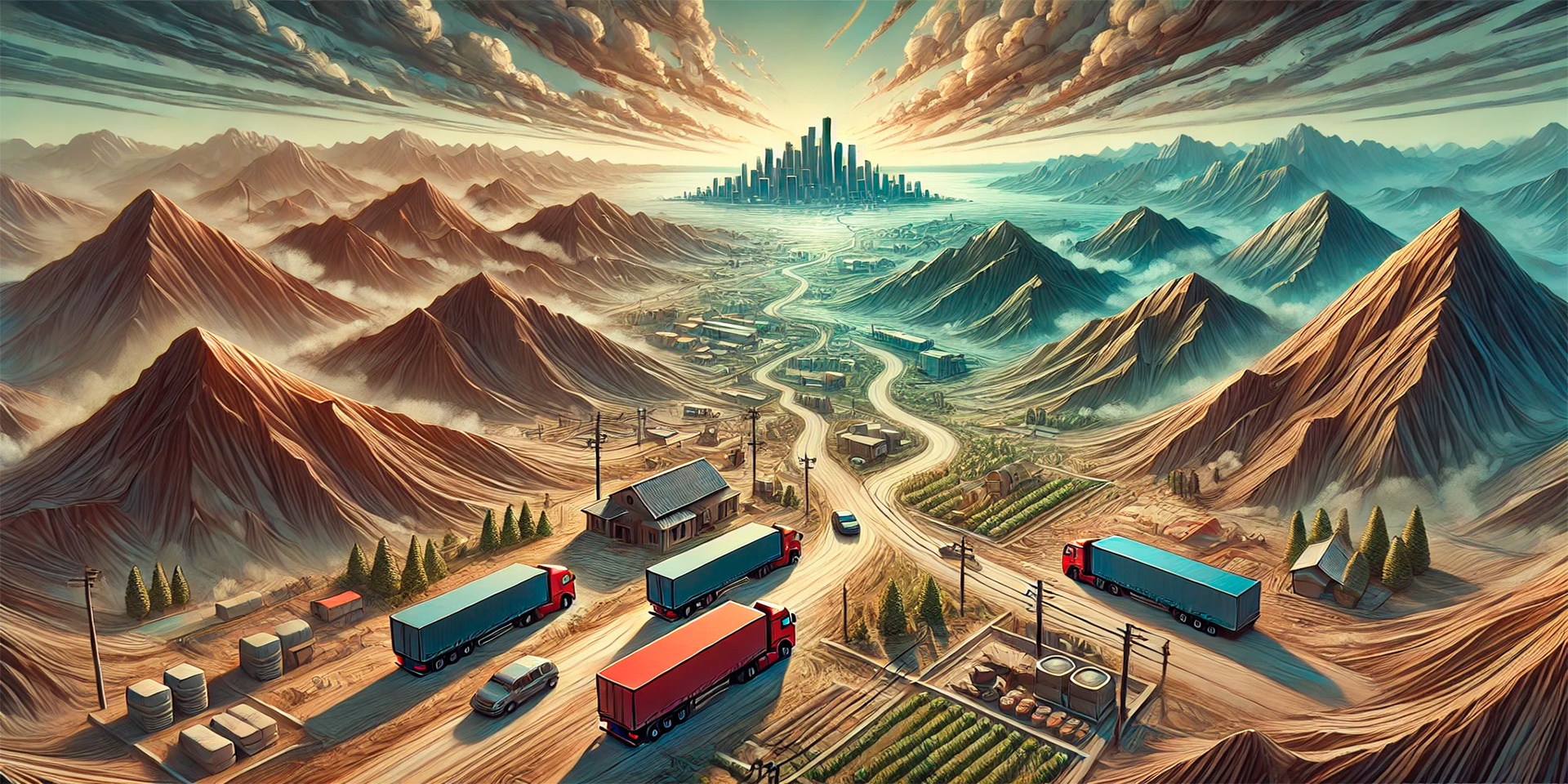Category: Financing
Precision Agriculture: How Subsidized Loans are Powering Farm Innovation
In today’s competitive agricultural landscape, farmers are increasingly turning to technology and modern equipment to enhance productivity and meet growing global demand. However, the cost of investing in advanced technologies can be prohibitive, particularly for small and medium-sized farms. Government-subsidized loans are playing a vital role in enabling farmers to access the financing they need to invest in productivity-enhancing equipment and sustainable farming practices.
Agricultural Investments: How Government Loans Are Supporting Sustainable Farming
Government lending programs are not only designed to help businesses and individuals secure affordable financing—they can also provide ordinary investors with unique opportunities to enhance their investment strategies. These programs offer stability, reduced risk, and the potential for growth, making them valuable tools for those looking to diversify and strengthen their portfolios. By leveraging government-backed loans and policies, ordinary investors can access new markets, protect their investments, and capitalize on favorable lending conditions.
Credit Solutions for Small Farmers: Driving Sustainability and Modernization
Small farmers play a critical role in feeding local communities and contributing to the agricultural economy. However, many of these farmers face challenges when it comes to securing the capital needed to modernize their operations and stay competitive. Access to credit can be the key to unlocking opportunities for growth, allowing small farmers to invest in new equipment, technology, and sustainable farming practices. Government loan programs have become an essential tool in providing small farmers with the financing they need to thrive.
The High Price of Living in Remote Areas: Supply Chain Complexities Explained
Living in remote areas often means facing higher costs for goods and services. The logistics of transporting products to regions that are far from major supply hubs create unique challenges, leading to price increases that directly affect consumers. These higher prices can impact everything from food and fuel to essential services and construction materials, making it more expensive to live in remote locations.




